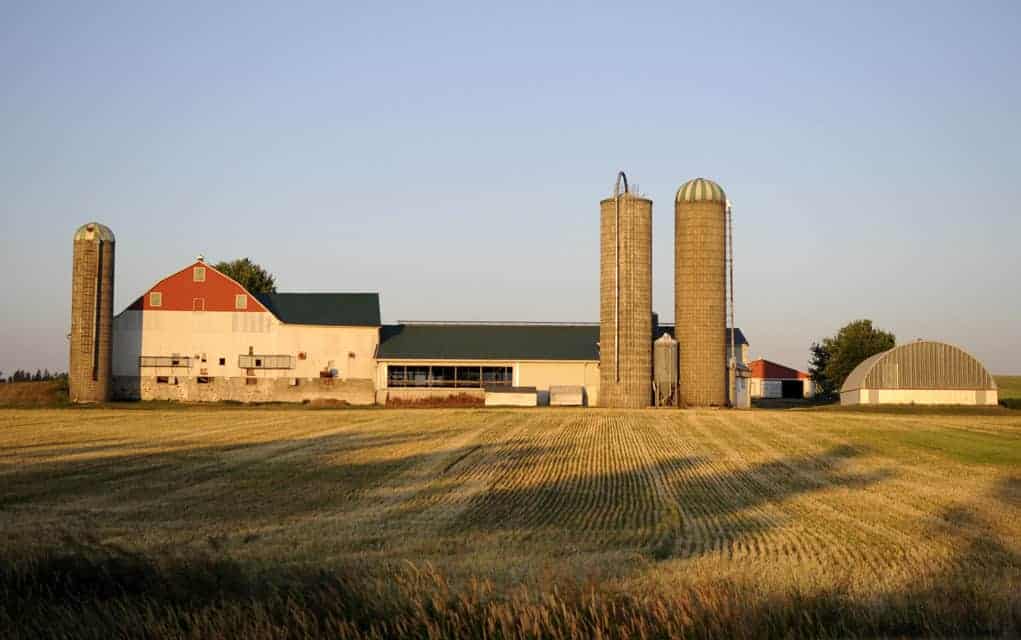The grass isn’t greener on anyone’s side these days.
Sky-high temperatures and a lack of rainfall since the spring caused the Grand River Conservation Authority to ask people in the watershed to reduce water consumption by 10 per cent late last month.
GRCA spokesperson Lisa Stocco says the entire watershed is at a level one under the Ontario Low Water Response Program, which means they’re asking all residents to reduce their water consumption by 10 per cent.
Meanwhile in the Whitemans Creek Watershed, a level two has been declared. A level two is when the flows in a river or stream, or the creeks in this case, are below 50 per cent of normal. A number two triggers a request for a voluntary reduction in water use of 20 per cent.
She says households can do their part by abiding by municipal rules surrounding outdoor water use, which limits people to one day per week.
“We would say it’s not typical in that it’s happening a little earlier than we would normally see. In general terms we could say that the conditions are very, very dry. We would normally see these types of conditions in mid to late August, especially in Whitemans Creek,” Stocco said.
The Ministry of Natural Resources and Forestry is also asking anglers to refrain from fishing in Whitemans Creek because when the creek is drier and the temperatures are hot, it’s stressful for the fish and then fishing can compound that stress.
The area did see some rainfall on the weekend, but the watershed needs much more – as do the crops.
“Any amount of rain is helpful, but it wasn’t enough to relieve the dry conditions. We would need a prolonged period of normal rainfall to recuperate,” Stocco said.
With respect to the health of the watershed, they’re augmenting flows to meet the minimum flow targets they need to meet at this time of year.
“The low water response team meets by teleconference once a week, so we’ll be monitoring the situation and the conditions very closely and definitely providing updates as needed to the community. It really will depend on the weather,” Stocco said.
Ontario Federation of Agriculture president Don McCabe says farmers need lots of heat, but also plenty of moisture to produce a good yield.
“We’re not totally out of the game yet, but timely rain is needed,” McCabe said.
He says this area is “behind the eight ball” with drought conditions, and an inch of rain every week wouldn’t be detrimental for where we’re at for some of the crop cycles.
Strawberries have already been harvested and gone to market, while winter wheat is set and waiting for the combine. Sour cherries are hitting stores now and peaches will be next.
“The reality for most farmers is we are irrigated by God. There’s very few crops worth having an irrigation system installed. So therefore things that farmers would have done prior to this point to try and get through circumstances like this is go back to your planting time and ensuring that you did the best you could to get a good seed bed there for that seed to put in deep roots to find moisture,” McCabe said, noting it would also be important for farmers to ensure the roots of their plants can pass through soil easily.
It’s not just a lack of rain that farmers are concerned about now with the high heat. As we saw over the weekend, violent weather is another issue this time of year.
“Everyone of these crops has a certain point where it needs water and it needs to come through,” McCabe said. “When the system does break loose and water does come, sometimes it comes violently. And when it comes violently sometimes that can mean hail. And unfortunately in the Holland Marsh over the weekend a very violent storm passed through there.”
He doesn’t have final figures yet, but somewhere between 2,000 and 3,000 acres of very high-cost input product was lost due to that hail storm.
If we don’t see some consistent precipitation soon, he says at a certain point plants will shut down.
“It’s the same principle as sweat. We lose moisture when we’re outside because it’s so bloody hot and our system says, ‘hey, we’ve got to abandon ship here with some of this water,’ and plants will do the same thing,” McCabe said.
Fuel corn and soybeans are the two big acreages of crops in Ontario. He says this year there’s about 2.9 million acres of soy and 2.5 million acres of corn. The general rule of thumb is July makes corn and August makes beans. This month the corn is about to start tasseling, and we’ll see corn fields go through a huge growth spurt. The tassel will come out the top of the plant and sprinkle pollen on to the silks of the corn cob. Every one of the silks has to be pollinated to send a signal back to form a kernel on the cob.
“If you don’t have good moisture to help with that pollination and you don’t have good moisture in the ground that the corn plant feels that it can carry out this exercise of filling all those little corn kernels, you’re not going to have a good yield,” McCabe explained.
Soybeans will do a pod set in August and they’ll require moisture in much the same way as corn does.
He asks for consumers to help support their local farmers who might be experiencing lower yields and higher costs to keep themselves operational, by looking for produce that’s been grown in Ontario when they’re at the grocery store.
Last year this area only say five days with temperatures above 30 degrees Celsius, and we’ve already surpassed it. McCabe says as a farmer he’ll quit when it gets predictable, which is unlikely to happen.
“The average farmer usually sees about 30 seasons, and it means that you never truly see one that’s exactly the same as any other one,” McCabe said.









